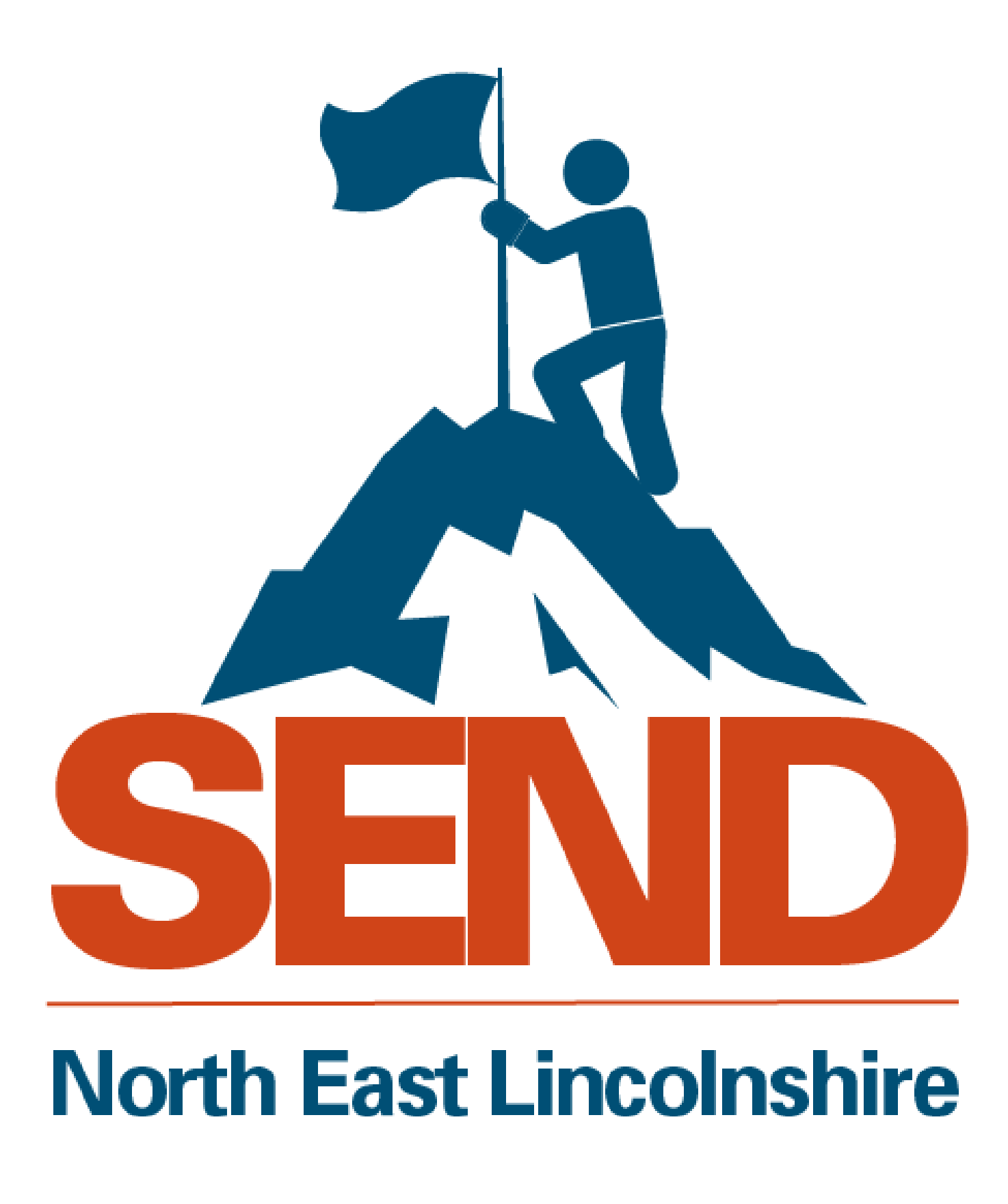Capturing the voice of the child
Participation develops children and young people’s ownership of learning and helps improve motivation, level of engagement, resilience and self-esteem.
This page outlines what we are looking for when we capture the voice of the child, how to have effective discussions, as well as useful resources with templates, games, and visual aids like this Wishes & Feelings toolbox – Free Social Work Tools and Resources: SocialWorkersToolbox.com.
Children and young people have a right to be heard. They have a right to be involved in shaping the services that support them and their community.
When children and young people have their say in any plans, reports, or reviews about them, this helps practitioners to understand how they are feeling, their strengths, what they find hard, and how we can help things to improve.
Why do we capture the voice of the child?
Listening to and consulting with a child or young person or young person benefits everyone.
The voice of the child or young person or young person is also enshrined in law; SEND Code of Practice 2015, United Nations Convention on the Rights of the Child or young person.
Seeking, listening to and responding to the voice of the child or young person is essential to safeguarding and promoting the welfare of all child or young person and young people.
Seeking and acting upon pupil voice is best practice and is intrinsic to the graduated approach.
Benefits include:
- Enhancing emotional wellbeing and raising self-esteem. This is done by enabling the child or young person to have a voice which is listened to and acted upon.
- Developing a collaborative and inclusive environment.
- Ensuring the child or young person’s individual needs are met by enabling them to identify and share what is important to them.
- Creating a sense of responsibility for oneself and others by enabling the child or young person to give their views on actions for change.
- Meaningful engagement, negotiation and interaction leads to more successful learning, social and emotional outcomes.
- Providing the child or young person an opportunity to have an active role and say in the decisions that affect them in their education and schooling.
